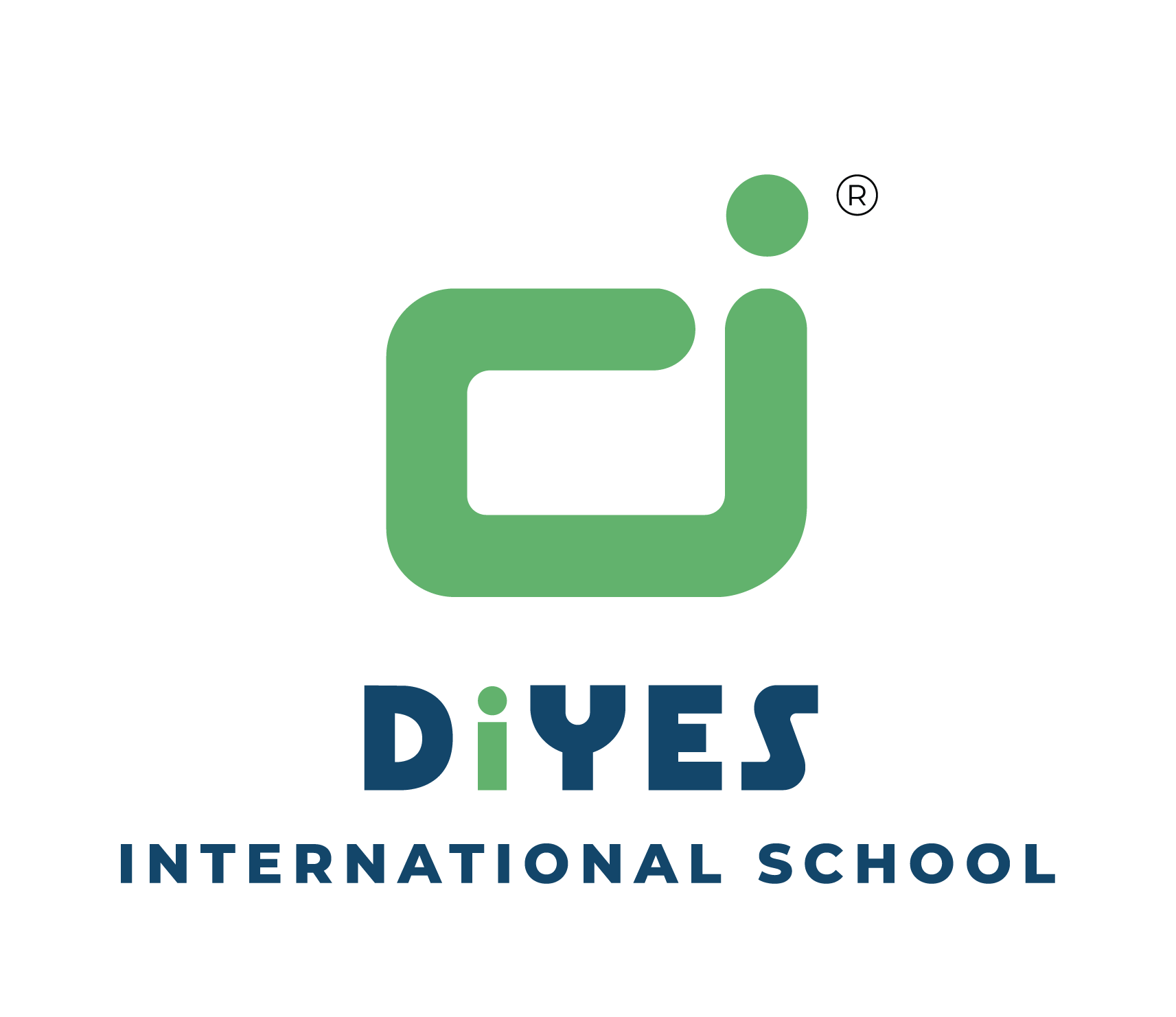Laughter exercises for students contribute significantly to a positive school culture amid the academic pressures and challenges prevalent in the dynamic realm of education. Spearheaded by Dr. Madan Kataria, laughter yoga in schools integrates laughter exercises and yogic breathing to provide a holistic approach to well-being. This innovative practice extends beyond the immediate joy it brings, offering profound benefits for both physical and mental health. Recognizing the importance of a positive environment, incorporating laughter yoga in school activities can enhance students’ overall well-being and contribute to a more harmonious and supportive educational atmosphere.

Laughter Yoga, a unique blend of laughter exercises and yogic deep-breathing techniques, has emerged as a powerful tool for enhancing physical and mental well-being. This comprehensive blog delves into the multifaceted role of Laughter Yoga in nurturing a positive school culture. It explores the physiological and psychological benefits, provides detailed strategies for implementation in educational settings, and examines transformative effects on both students and educators. The blog concludes by underscoring the significance of laughter in creating a joyful and supportive learning environment.
Benefits of Laughter Yoga in School Settings
Nurturing an environment conducive to learning and well-being stands as a paramount goal in education. As innovative approaches prioritising holistic development gain prominence, the integration of Laughter Yoga into school settings emerges as a proactive initiative. This forward-looking approach recognises the profound impact of laughter on various facets of student life, ranging from stress reduction to cognitive enhancement. Let’s delve into the diverse benefits of Laughter Yoga in educational environments.
1.Laughter as a Stress Buster: Laughter, renowned as the best medicine, acts as a natural stress buster. Scientifically validated, it reduces cortisol levels—a stress hormone—providing an enjoyable means to alleviate stress among students and educators. Infusing Laughter Yoga into the school routine offers a structured approach to releasing pent-up stress, nurturing emotional well-being and creating a positive atmosphere.
It’s crucial to acknowledge the intricate connection between stress reduction and academic performance. High stress levels can impair cognitive functions, hinder memory recall, and negatively impact learning outcomes. By incorporating laughter into the school environment, educators can proactively address stress, creating an environment conducive to optimal learning and student success.
2.Nurturing Connection and Team Building: Laughter, being a universal language, transcends cultural and linguistic barriers. In a school environment, promoting positive relationships among students and between students and teachers is essential. Laughter Yoga activities create shared experiences that break down social barriers, nurturing camaraderie and enhancing a sense of community within the school.
To delve deeper into the social dynamics of laughter in schools, it’s essential to recognise its role in creating an inclusive atmosphere. Laughter acts as social glue, bringing together individuals from diverse backgrounds. Inclusive laughter sessions can contribute to breaking down cliques, reducing social isolation, and nurturing an environment where every student feels valued and accepted.
3.Enhancing Cognitive Function: Laughter’s impact extends beyond emotional well-being to cognitive functions. Increased blood flow and oxygen intake during laughter enhance cognitive function, contributing to better concentration, creativity, and problem-solving skills among students. Incorporating short laughter sessions into the school day can serve as a brain-boosting exercise.
Scientific studies have shown that laughter stimulates the release of endorphins, the body’s natural feel-good chemicals. These endorphins not only act as natural painkillers but also promote an overall sense of well-being. When applied to education, the enhanced cognitive function resulting from laughter can contribute to a positive and focused learning environment.
4.Boosting Immune System: Scientific studies suggest that laughter has positive effects on the immune system. Laughter increases the production of immune cells and antibodies, providing a natural defence mechanism against illnesses. In a school where students are often in close proximity, laughter becomes a preventive measure to boost overall health and minimise absenteeism.
Taking a closer look at the preventive aspects, the link between laughter and immune function becomes a critical factor in maintaining a healthy school environment. By reducing the frequency of illness, schools can ensure consistent attendance, which, in turn, contributes to a more stable and effective learning environment for all students.
5.Promoting Physical Fitness: Laughter Yoga involves physical movements and deep-breathing exercises, contributing to physical fitness.

Implementing laughter sessions in schools promotes an active lifestyle, addressing concerns related to sedentary behaviours among students. This holistic approach to well-being aligns with the broader goals of promoting health and fitness in educational settings.
Laughter exercises involve gentle aerobic activity, contributing to cardiovascular health. With childhood obesity being a growing concern, incorporating laughter as a form of exercise in schools can play a role in instilling healthy habits from a young age. By promoting physical fitness, schools contribute not only to the immediate well-being of students but also to their long-term health.
6.Facilitating Social and Emotional Learning (SEL): Laughter plays a vital role in enhancing social and emotional learning. Laughter Yoga sessions can be structured to include activities that promote empathy, cooperation, and effective communication. These elements are foundational to creating a positive school culture that nurtures not only academic success but also personal development.
Laughter serves as a powerful tool for emotional expression. In the context of a school, where students may face various emotional challenges, creating a safe space for emotional expression through laughter can contribute to improved mental health. By integrating SEL principles into laughter sessions, schools can nurture a holistic approach to student well-being.
In embracing the holistic well-being of students, Laughter Yoga emerges as a transformative tool that extends beyond conventional education. By addressing stress, nurturing connections, enhancing cognitive function, boosting immunity, promoting fitness, and facilitating social and emotional learning, the incorporation of laughter into the school environment sets the stage for a more vibrant and conducive learning atmosphere.
Strategies for Implementing Laughter Yoga in Schools
In the pursuit of nurturing a holistic educational environment, the integration of Laughter Yoga emerges as a dynamic strategy. Recognising the transformative power of laughter, schools can implement various strategies to infuse joy and positivity into daily routines. This not only contributes to stress relief but also creates a vibrant atmosphere conducive to learning and well-being.
1.Integrating Laughter Sessions into Daily Routines: Infusing concise laughter sessions into the daily regimen provides a consistent and uplifting start to the school day. Whether during morning assemblies or before challenging subjects, these sessions set a tone of positivity, offering a mental and emotional reset for everyone involved. Regularity is paramount, and educators can gradually integrate laughter into established routines.
Expanding on the concept of routine, it’s crucial to recognise how the predictability of laughter sessions can contribute to a sense of safety and security for students. In an educational environment where routines provide structure, integrating laughter into these routines can act as a reliable source of joy. This predictability contributes to a positive school culture by creating an expectation of joy and camaraderie.
2.Creating Dedicated Laughter Zones: Designating specific areas within the school premises as “Laughter Zones” encourages spontaneous laughter and stress relief. These zones can be outdoor spaces, common areas, or even specially designated rooms. Having dedicated spaces for laughter communicates a school’s commitment to well-being and provides students and educators with readily accessible outlets for laughter.
To delve deeper into the concept of Laughter Zones, it’s essential to recognise the role of the environment in shaping behaviour. Designated spaces for laughter communicate a school’s acknowledgment of the importance of well-being. By creating physical spaces that encourage laughter, schools send a powerful message about the value placed on joy and positivity in the learning environment.
3.Incorporating Laughter into Learning Activities: Infusing laughter into educational activities enhances engagement and creativity. Educators can incorporate laughter into lessons, group activities, or brainstorming sessions. This approach not only makes learning enjoyable but also reinforces the idea that joy and curiosity are integral to the learning process.

Expanding on the integration of laughter into learning, it’s crucial to recognise the impact on student motivation. Laughter serves as a natural motivator, and when incorporated into educational activities, it can contribute to increased student participation and enthusiasm. This motivation, coupled with the enjoyment of learning, sets the stage for a positive and impactful educational experience.
4.Organising Laughter Events and Workshops: Special events and workshops focused on laughter can deepen its impact. Bringing in Laughter Yoga instructors, organising laughter challenges, or hosting laughter-themed days can amplify the positive effects of laughter. Such events not only provide a break from routine but also serve as community-building activities within the school.
To elaborate further on the concept of events and workshops, it’s essential to recognise their role in creating shared experiences. Laughter events bring students and educators together in a shared pursuit of joy, nurturing a sense of community. By organising such events, schools create memorable moments that contribute to a positive and united school culture.
5.Encouraging Laughter at Staff Meetings: Extending laughter to staff meetings creates a positive and collaborative work culture among educators. Including brief laughter exercises at the beginning or during staff meetings nurtures team spirit, reduces stress, and contributes to a supportive work environment. Educators who experience the benefits of laughter are better equipped to create a positive impact on students.
To delve deeper into the impact on staff well-being, it’s crucial to recognise the interconnectedness of educator and student well-being. By prioritising the mental and emotional health of educators, schools contribute to a positive school culture. Educators who experience joy and well-being are better positioned to create an environment that nurtures the holistic development of students.
In weaving laughter into the fabric of school life, educators and students alike embark on a journey of joy and well-being. These strategies not only enhance the learning experience but also cultivate a positive school culture that extends beyond the classroom. By embracing the transformative power of laughter, schools pave the way for a more vibrant and connected educational community.
Conclusion: Sowing the Seeds of Joyful Learning
In drawing the curtain on this exploration, the integration of Laughter Yoga emerges not merely as a practice but as a transformative pathway to sow the seeds of joyful learning within the school culture. This holistic approach goes beyond conventional educational paradigms, touching on various facets of well-being, from stress reduction and heightened cognitive function to the cultivation of positive relationships and the creation of an overall joyful atmosphere.
As the symphony of laughter resonates within the school walls, it becomes a powerful catalyst for holistic well-being. This laughter, embraced by both educators and students, acts as an essential ingredient in cultivating a positive culture. Its transformative power extends beyond the immediate benefits, becoming the cornerstone for nourishing minds, uplifting spirits, and establishing the bedrock for a lifetime characterised by the joy of learning.
In the pursuit of nurturing such a positive school culture, DiYES International School stands tall as a beacon of comprehensive support. Rooted in a commitment to holistic education, DiYES International School goes beyond traditional approaches, actively incorporating strategies that prioritise the well-being of both educators and students. This commitment manifests in a learning environment where the seeds of knowledge are sown, nurtured, and intertwined with the joyous rhythm of laughter.
To delve deeper into our unique approach to education, we invite you to explore www.diyesinternational.edu.in or connect with us at +91 8547609000. At DiYES International School, we don’t just educate; we cultivate a culture where joy and learning intertwine seamlessly.


